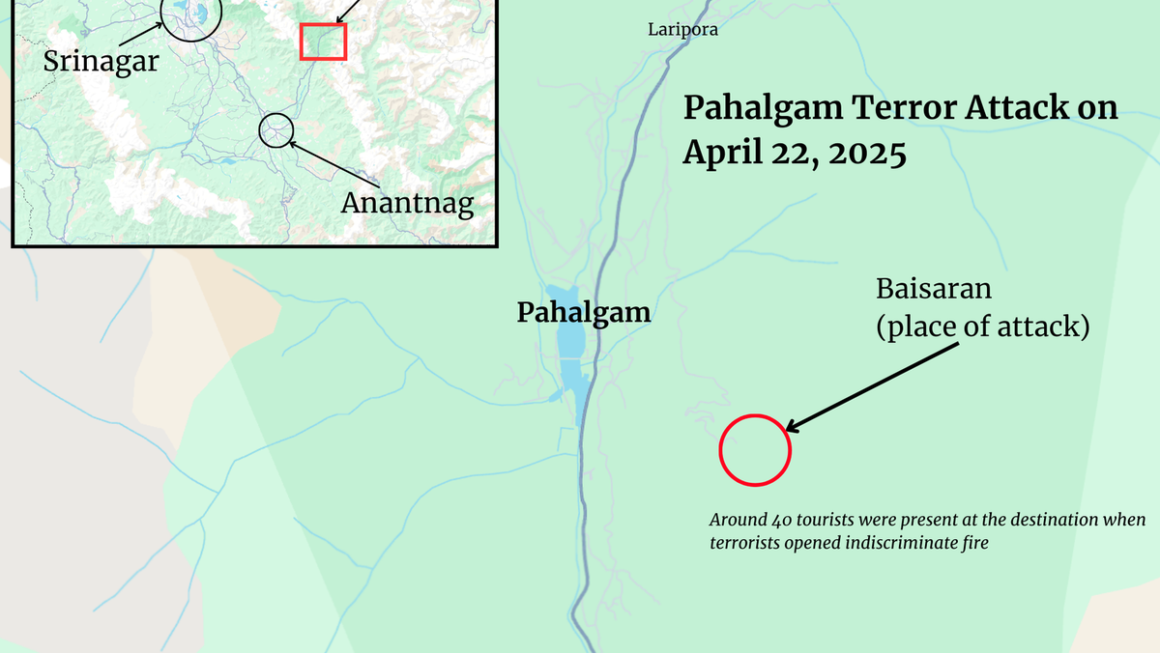On April 28, 2025, Spain and Portugal were plunged into darkness as a massive power outage disrupted daily life across the Iberian Peninsula. From halted trains to silent ATMs, the blackout exposed vulnerabilities in the region’s infrastructure. Let’s delve into the seven most alarming impacts of this unprecedented crisis.
Table of Contents
1. Transportation Systems Ground to a Halt
Public transportation was severely affected. In Madrid, subway systems stopped mid-route, leaving passengers stranded underground. High-speed trains across Spain and Portugal were immobilized, causing significant delays and cancellations.
2. Communication Networks Disrupted
Mobile networks and internet services experienced widespread outages. In Barcelona, residents struggled to find working phone connections, highlighting the region’s dependence on digital communication.
3. Financial Transactions Paralyzed
ATMs and electronic payment systems were non-operational, forcing businesses to accept only cash. This sudden shift disrupted commerce, especially in urban centers where cashless transactions are the norm.
4. Traffic Chaos Ensued
With traffic signals out of service, major cities like Madrid and Lisbon experienced gridlock. Emergency sirens blared as authorities attempted to manage the chaos manually.
5. Healthcare Facilities Operated on Backup Power
Hospitals relied on backup generators to maintain critical services. While essential functions continued, the strain on emergency systems underscored the need for resilient infrastructure.
6. Major Events Disrupted
The Madrid Open tennis tournament was suspended as power outages affected stadium lighting and electronic systems. Players and fans were left in the dark, both literally and figuratively.
7. Emergency Measures Implemented
Interior Ministry declared a state of emergency due to Spain’s power outage, allowing the central government to assume control in affected regions. Madrid, Andalusia, and Extremadura requested federal intervention to restore order and services.
Understanding the Cause
The blackout was attributed to “anomalous oscillations” in high-voltage lines, triggered by extreme temperature variations—a rare atmospheric phenomenon. This led to synchronization failures across the interconnected European electricity network.
Moving Forward
As power restoration efforts continue, this incident serves as a stark reminder of the importance of infrastructure resilience. Investments in grid stability, emergency preparedness, and alternative energy sources are crucial to prevent future crises.
Next Read -> U.S. Bans Synthetic Food Dyes Amid Health Concerns: What Consumers Need to Know













